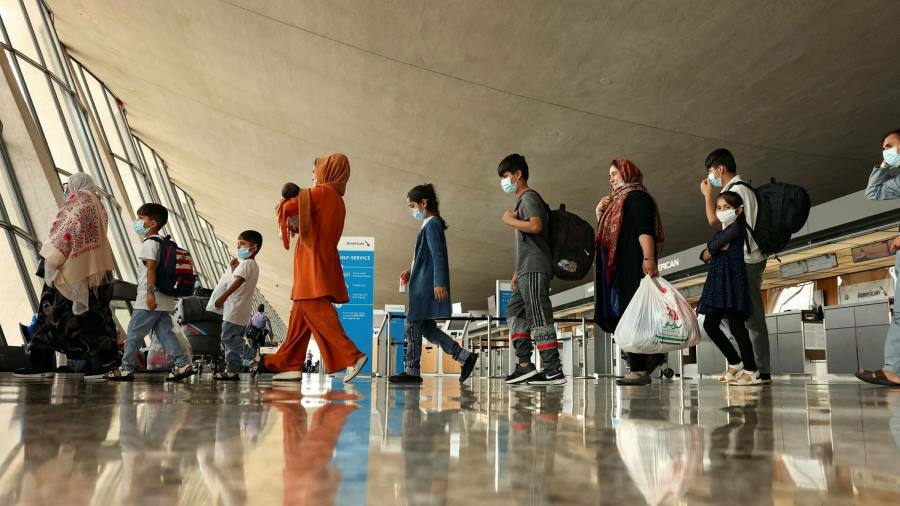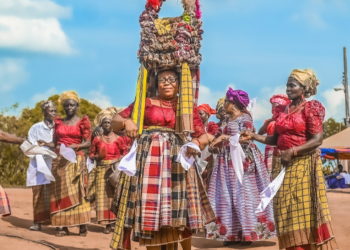Bill Wernecke at Delta Air Lines was driving his daughter to college when the call came telling him the US military wanted to use commercial airlines to fly Afghan refugees to American soil.
Father and daughter barely spoke over the hundreds of miles from the Kentucky-Tennessee border to northern Indiana. The managing director for Delta’s charter business was on the phone for almost six hours, preparing to staff and deploy three twin-aisle jets to move thousands of people across the globe.
Last month the US Department of Defense activated the Civil Reserve Air Fleet, or CRAF, which allows the government to commandeer commercial aircraft and crew, for only the third time since it was established in 1951. Airlines enrol in the programme, which pays them to ferry soldiers and other passengers during national emergencies, in exchange for the chance to bid on the government’s peacetime business.
The US military evacuated or facilitated the evacuation of about 124,000 people out of Kabul before withdrawing American troops by August 31 after two decades of war. They were flown to “lily pads” — military bases in Qatar, Bahrain, Germany and Italy to await commercial carriers to fly them to the US.
So far, about 25,000 people have arrived in the US, most of them touching down at Dulles International Airport outside Washington, with Philadelphia recently receiving evacuees too. Airlines are shuttling about 4,500 people a day from the overseas bases, with another 2,500 a day flown from their ports of arrival to military bases in Texas, Wisconsin and New Mexico. The programme is likely to remain in force until mid-September.
The government routinely charters planes from commercial carriers although it rarely invokes the second world war-era provision. But the Pentagon’s need for planes came as the airline industry continues to recover from the financial and operational devastation wrought by the pandemic. Defence officials used CRAF on this…





